Tag: mechanical ventilation
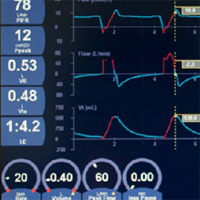
Driving Pressure Is Associated with Outcome during Assisted Ventilation in ARDS
In patients with Acute Respiratory Distress Syndrome (ARDS), plateau pressure, driving pressure, and respiratory system compliance can be measured during assisted ventilation, and both higher driving pressure and lower compliance... read more
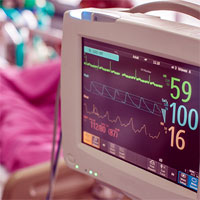
Long-Term Outcomes and Health Care Utilization after Prolonged Mechanical Ventilation
Critically ill patients who undergo mechanical ventilation in an ICU for longer than 21 days have high in-hospital mortality and greater postdischarge mortality, health care utilization, and health care costs compared with... read more
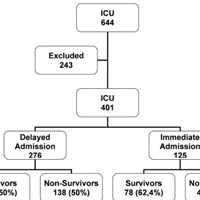
Impact of Delayed Admission to ICUs on Mortality of Critically Ill Patients
When the number of patients who require intensive care is greater than the number of beds available, intensive care unit (ICU) entry flow is obstructed. This phenomenon has been associated with higher mortality rates... read more

Outcomes of ARDS in Mechanically Ventilated Patients With Cirrhosis
Acute respiratory distress syndrome (ARDS) is common in mechanically ventilated patients with cirrhosis but is not independently associated with increased mortality. The mean age in 181 eligible patients was 53 ± 11 years;... read more

Enteral vs. Parenteral Nutrition in Septic Shock
The strong paradigm of favoring the enteral over the parenteral route in critically ill patients has been challenged. As a consequence, updated guidelines recommend withholding enteral nutrition in patients with uncontrolled... read more

Mobilization Practices for Patients with Burn Injury in Critical Care
Mobilization therapy of patients with burns in the ICU was characterized by a low mobility level during mechanical ventilation with a low functional status at hospital discharge. Of the 74 patients admitted, 66% were placed... read more
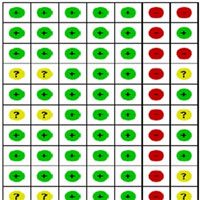
Automated vs. Non-automated Weaning for Reducing Mechanical Ventilation Duration for Critically Ill
Automated systems may result in clinically meaningful reduced durations of weaning, ventilation and ICU stay. Overall, these systems appear to be safe and can be considered a reasonable approach in the management of ventilator... read more
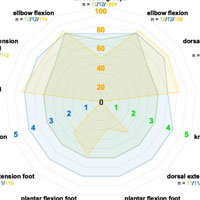
Critically Ill Patients Show a Differential Contractile Response to Neuromuscular Electrical Stimulation
This retrospective sub-analysis aimed to outline the characteristics of, as well as predictors for, a contractile response to Neuromuscular Electrical Stimulation (NMES), and also potential clinical benefits resulting from... read more

Sedation is Necessary to Minimize Patients’ Discomfort During Mechanical Ventilation
More than half of critical care nurses believe sedation is needed to minimize discomfort and distress among patients receiving mechanical ventilation, according to survey results published recently in the American Journal... read more
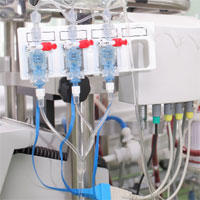
Mechanical Ventilation Management during ECMO for ARDS
Ultra-protective lung ventilation on ECMO was largely adopted across medium to high case-volume ECMO centers. In contrast with previous observations, mechanical ventilation settings during ECMO did not impact patients' prognosis... read more
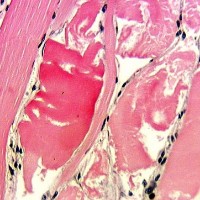
Mechanical Ventilation-induced Diaphragm Atrophy Strongly Impacts Clinical Outcomes
Diaphragm atrophy developing during mechanical ventilation strongly impacts clinical outcomes. Targeting an inspiratory effort level similar to that of healthy subjects at rest might accelerate liberation from ventilation.... read more

Determinants of Health-Related Quality of Life After ICU
Preexisting comorbidity counts, but not severity of ICU illness, are strongly associated with health-related quality of life and physical symptoms in the year following critical illness. We prospectively collected data... read more

Antipsychotics Not Helpful for Delirium in ICU
Delirium is a confused mental state that includes changes in awareness, thinking, judgment, sleeping patterns, and behavior. It can affect patients of any age but is more common among older adults who experience major illness... read more
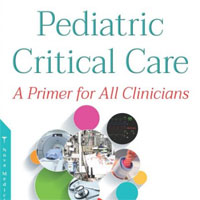
Pediatric Critical Care: A Primer for All Clinicians
Pediatric critical care is an emotionally and intellectually demanding field of medicine; however, it is at its core the discipline focused on saving and improving the lives of children affected by acute and chronic illnesses,... read more








